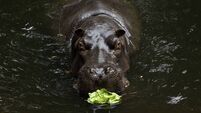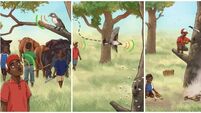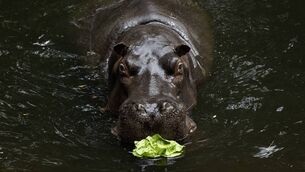Anja Murray: Is a river alive? And if so, does it have rights?
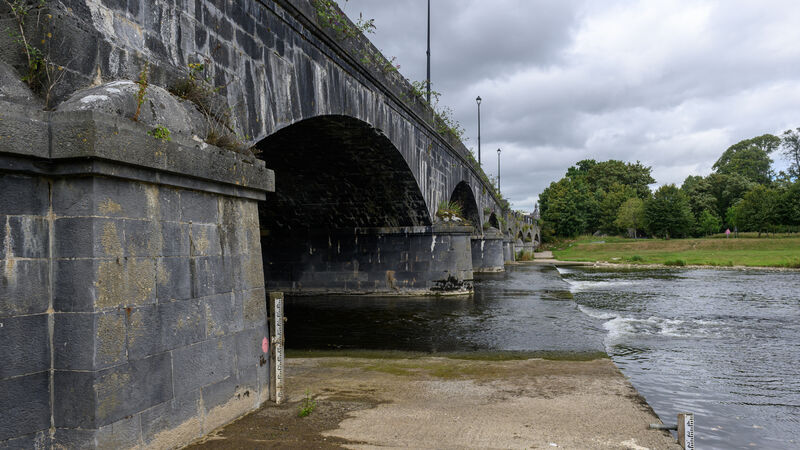
The River Blackwater in Mallow, County Cork. A ‘corporation, in the eyes of the law, is an entity with legal standing and a suite of rights’, so it is hard to argue against a global movement in which rivers are considered worthy of rights. Picture: Dan Linehan
Spending time near a river gives us a peek into the life of their waters. In the uplands, dippers can sometimes be seen bobbing on a boulder in the midst of turbulent, peat-coloured waters. These are birds with a unique ability to walk along the bottom of a river, submerged beneath the current, clinging to stones on the river bed with exceptionally strong legs and feet, while picking about for caddis fly larvae and other invertebrates that live beneath the water.
Being entirely dependent on the life in a river for their sustenance, dippers are understandably very sensitive to changes in water quality. The answer to the question of whether or not a river is alive, from the perspective of a dipper, is fairly obvious. A dead river would be unable to sustain them for even a day, without the abundance of in stream invertebrates upon which they depend for their daily food.
Salmon and trout are among the most iconic of fish species in these islands. Young ‘fry’ live in fast flowing streams, using infrared vision to help in the pursuit of microscopic invertebrates that they feed on. Silvery ‘parr’ develop specialised cells containing magnetic particles that allow them to detect the earth's magnetic field and to listen for low frequency sound waves that characterise the various lifeforms in the river. For salmonid eggs to survive and hatch, water must be well oxygenated, free from nitrogen pollution, and also without excess sediment that so often works its way from the surrounding catchment.
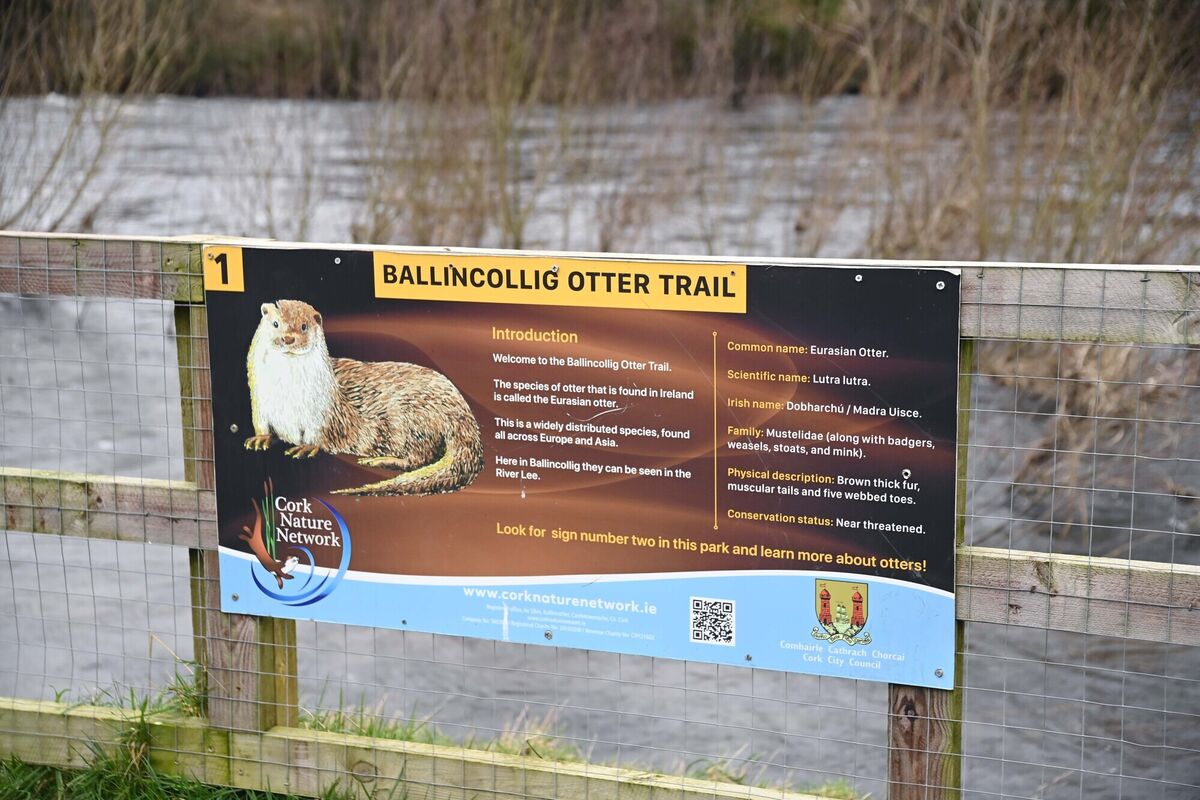
Otters, survive on young salmonids, freshwater crayfish, and frogs, all living constituents of a healthy river. Ditto for herons, kingfishers, Daubenton’s bats, dragonflies, damselflies, pond skaters, caddisflies, and hundreds more species whose anatomical features are uniquely adapted for life in and around rivers. If a river weren’t alive, these animals would not last long.
The question of whether we might consider rivers as living entities is more pertinent now than ever.
Last week, two new EPA reports document an ongoing steady decline in water quality across Ireland's lakes, rivers and estuaries as pollution levels continue to rise.
A whopping 44% of Irish rivers now have nitrogen concentrations that exceed healthy limits — a significant increase since the 40% reported for 2023. Animal waste, fertilisers and pesticides that come from both agriculture and forestry are cited as the main contributors... what we could call the agents of death of Irish rivers. Agri-related nutrient pollution is especially severe in those rivers in the south and southeast of the country, where agricultural intensification is ongoing. As a result, dozens of species of aquatic invertebrate, fish, and bird are finding it increasingly difficult to survive and reproduce in Ireland’s increasingly polluted rivers.
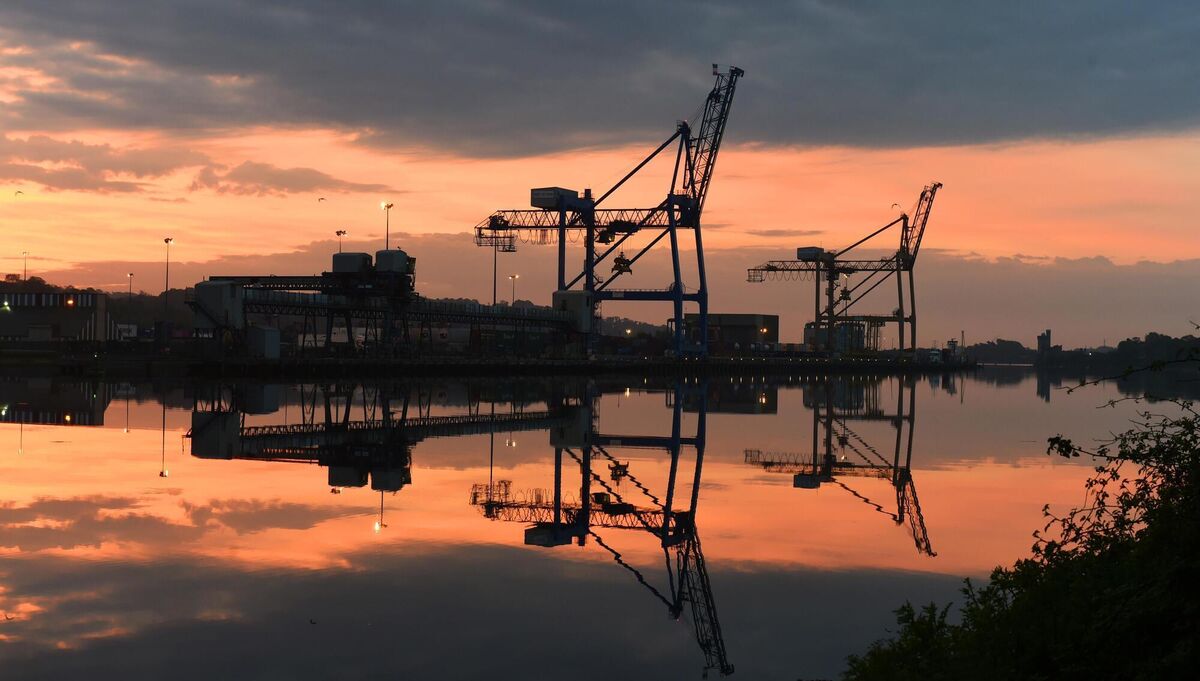
The average number of fish kills across Ireland is 24 each year. After agriculture, inadequate wastewater treatment is the second most significant contributor to the pollution that is now steadily causing the death of aquatic life.
I am not alone in stating that this is an unacceptable situation.
Rivers cannot continue to be dumping grounds for sewage and industrial waste. It is not OK for our water treatments plants to routinely flush toxic chemicals into rivers. Massive quantities of animal slurry, nitrogen and phosphorous seeping in to rivers and lakes is not a tolerable trade-off for short term economic gains from increasingly intensive dairy industry. Is it time to consider a different approach?
is a new book by Robert Macfarlane. It is an immensely readable and inspiring account of a global shift in perspective, from an extractive worldview in which rivers are considered as inanimate, there for us to use and abuse, to a perspective in which rivers are considered as living entities, worthy of respect and imbued with rights. Bringing the ancient idea that rivers are alive, together with modern legal frameworks, is where hope lies. Bearing in mind that a ‘corporation, in the eyes of the law, is an entity with legal standing and a suite of rights’, it is hard to argue against a global movement in which rivers are considered worthy of rights.
In this book, McFarlane travels to Ecuador, to New Zealand, and to Washington State in the USA, exploring cases where rivers have been given legal protection under the guise of ‘rights’.
In Los Cedros in Ecuador, rivers and cloud forests that have existed continually for 1.5 million years are among the most biodiverse ecosystems on earth. The constitution of Ecuador recognises certain ‘Rights of Nature’, including recognition of the relationship between human well-being and the good health of nature; and the obligation upon the state to restrict activities that might lead to the extinction of species and the destruction of ecosystems. It was within this context that in 2021, courts in Ecuador overturned mining concessions given to Canadian and Australian companies in Los Cedros.
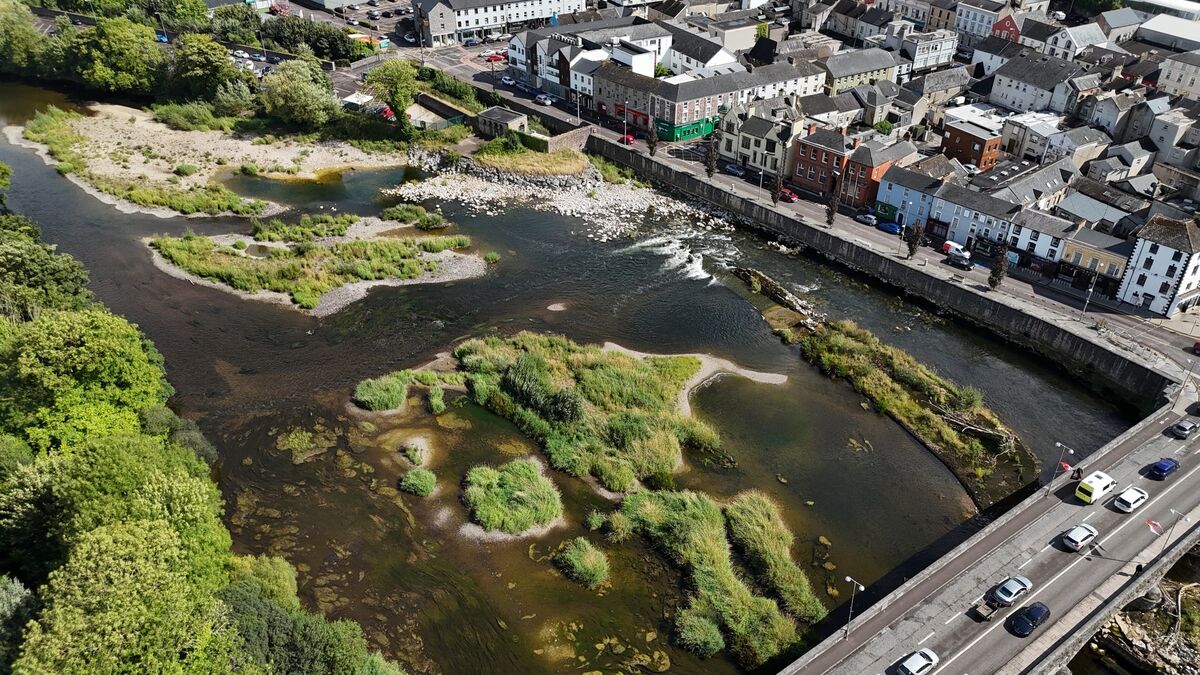
Closer to home, in October 2025, thousands of people in Britain are taking the biggest ever environmental lawsuit in the UK, seeking to reverse pollution in three river catchments that have been profoundly damaged by industrial quantities of chicken manure and sewage spills. The outcome they are seeking is a court mandated clean-up of the rivers.
Over the past 20 years, I have been involved in various State-sponsored initiatives to implement the water framework directive and improve the health of Irelands rivers, lakes and estuarine waters. The environmental scientists among us have long been pushing for better regulation of farm waste; reductions in permissible levels of nitrate application in farming and forestry; more planting of buffer zones to help protect rivers from agricultural runoff; and investment to improve waste water treatment infrastructure. I don’t believe any of us thought that the situation would be getting worse in 20 years. Yet it is.
With a crisis now becoming clearer, perhaps it is time for a deeper approach?




